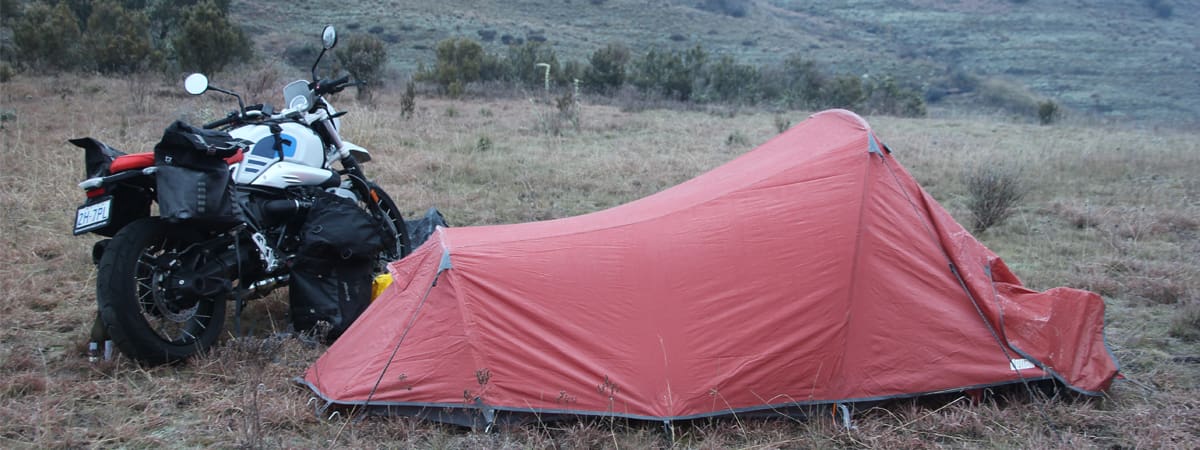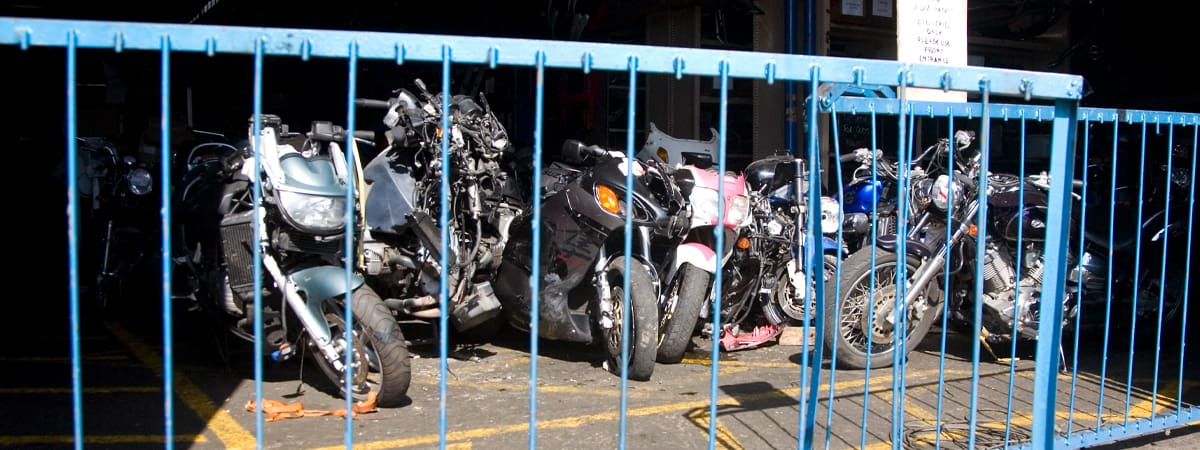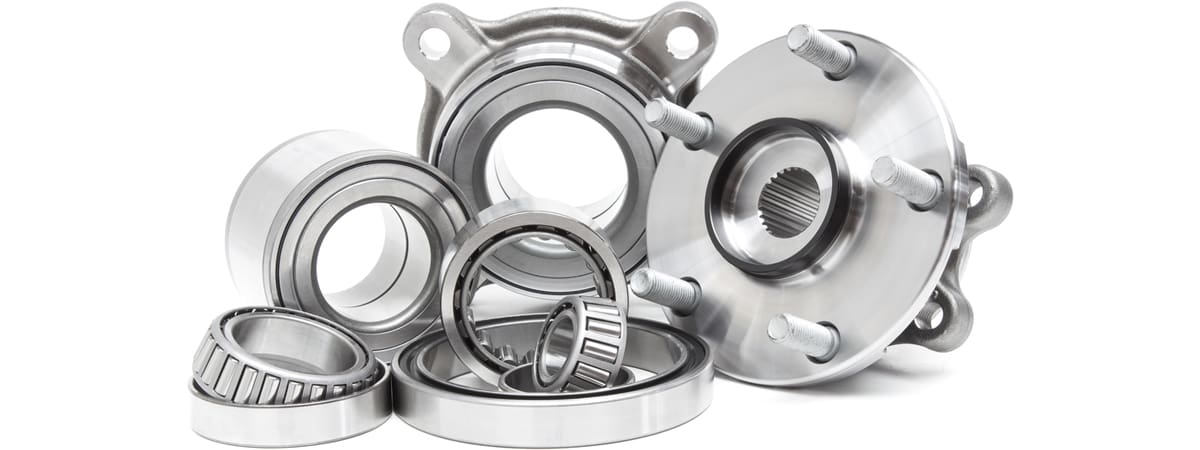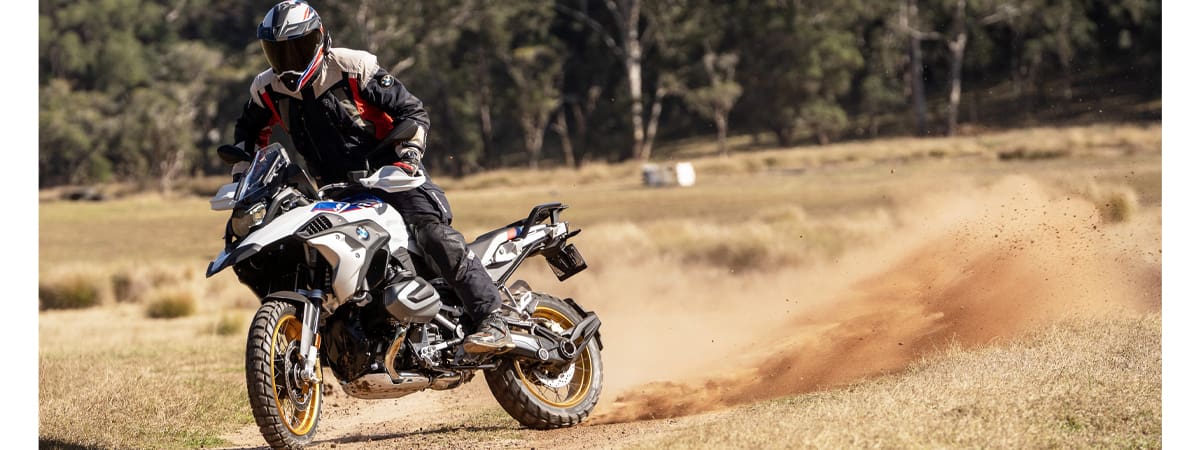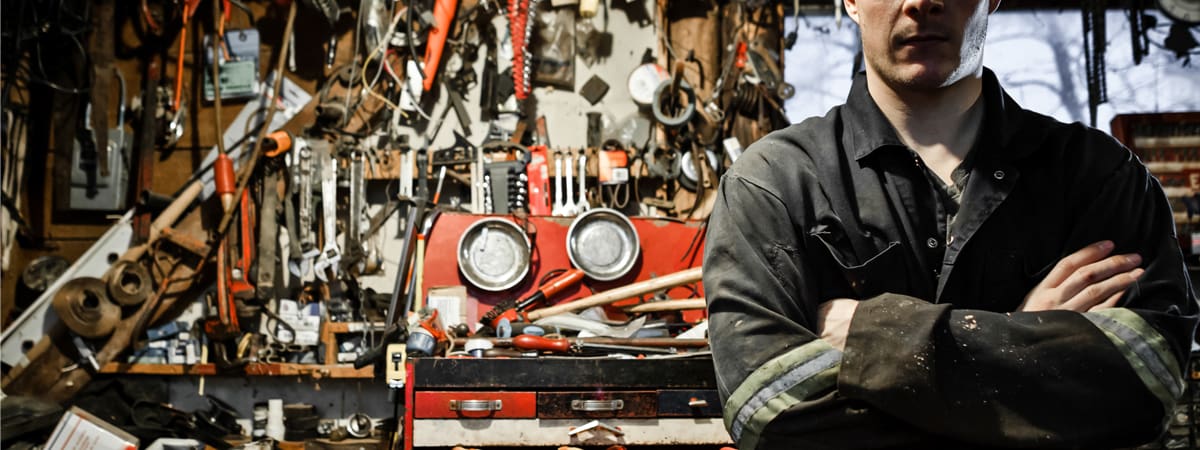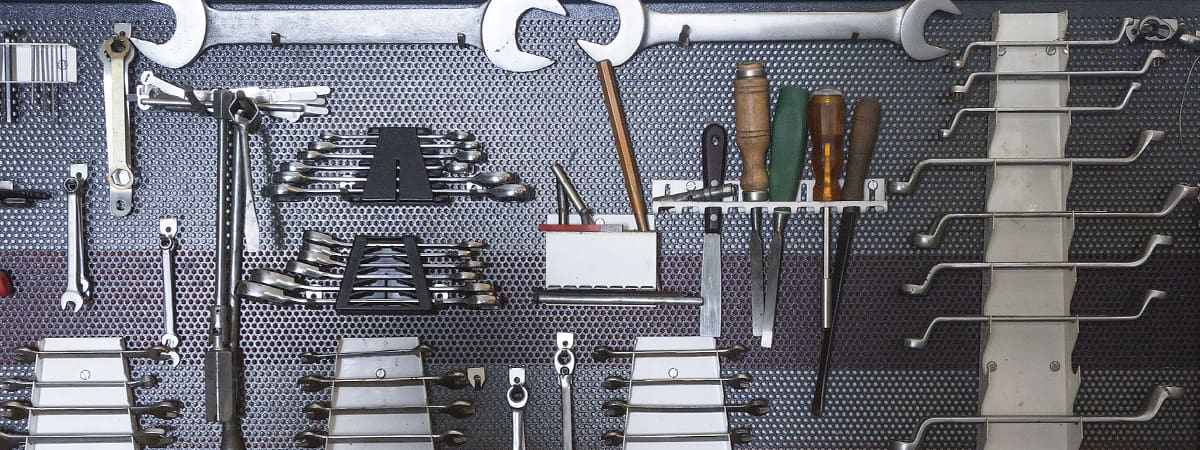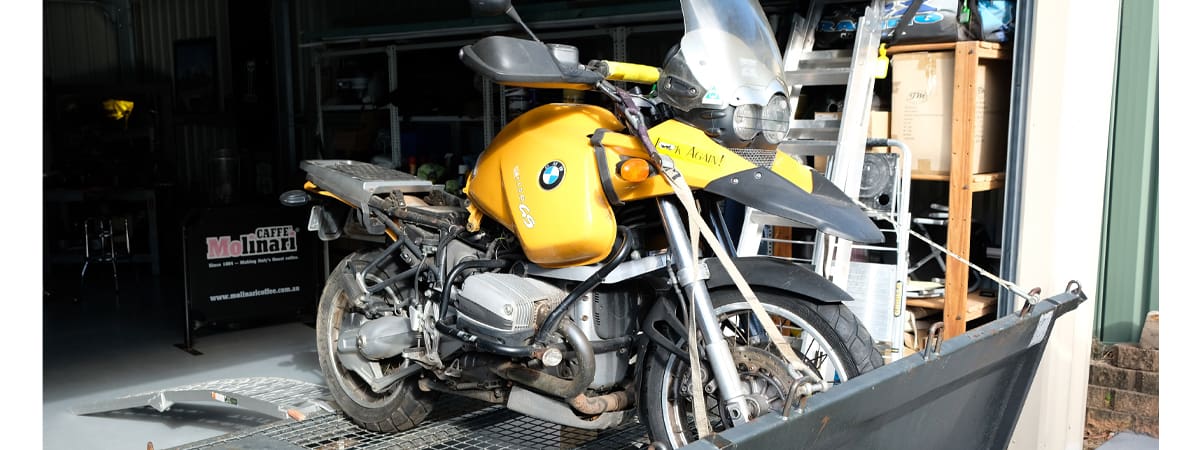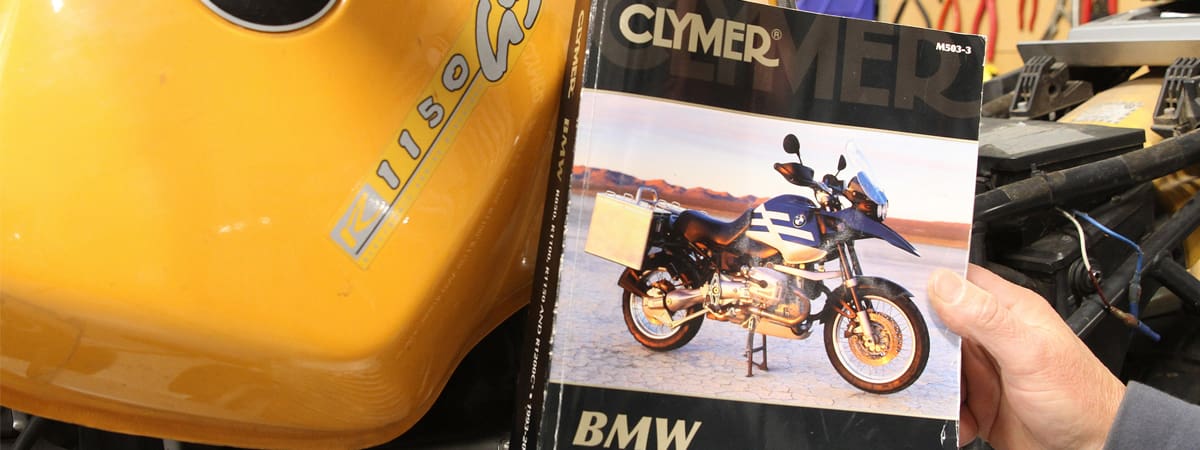Although you may not have noticed, there’s a wind of change blowing through our country’s motorcycle licensing systems. A little over a year ago, VicRoads put in place the final stage of its Motorcycle Graduated Licensing System (MGLS). This May, Tasmania is set to implement the same system, albeit under a different name. Queensland added components of the MGLS to its regime last October, and other states are considering similar moves. And while it’s true that ‘new system’ is often just a euphemism for ‘more restrictions’, this one is different. Victoria’s MGLS is an example of an initiative where the rule-makers, dare we say it, might have got it right.
First, what exactly has changed? Well, before 2 April 2016, Victorian riders could get a learner licence by passing a test in a closed riding range and a pretty basic multiple choice exam. And with that little piece of paper, they were free to hit the highway solo. Similarly, the follow-up assessment for the restricted licence was conducted on a closed range. And roadcraft training? That was usually covered on a whiteboard or in a PowerPoint presentation.

As you might expect, this didn’t equip learners particularly well for riding on the road. Indeed, one of the triggers for overhauling the system was Victoria’s alarming crash statistics for novice riders – between 2003 and 2007, learner motorcyclists comprised 18 per cent of all motorcyclist fatalities and 17 per cent of all motorcyclist serious injuries.
In 2010 the state government of Victoria tabled a public consultation document on graduated motorcycle licensing, which prompted over 200 responses from individuals and organisations. While there was general agreement on the need to improve the training, make it standard and introduce on-road assessment, the question was how to do it.
After the usual tendering process, the University of New South Wales won the contract to create the new training programs. Duncan McRae, who has been involved in rider education since 1989 and is now part of the Practical Safe Driving Program (PSDP) at VicRoads was part of this team, and recalls that they began by looking for examples
of best practice.
“We got as many curriculums from as many countries as we could, all over Europe and Asia and America,” says Duncan, “and what we discovered when we looked at them is that they touch on all areas, but tended to focus on riding skills. What we also found is that many do roadcraft as a 30-minute talk at the start or end of the course, but don’t link the activities through the course. Something as critical as roadcraft and attitudes and behaviours and tactics and strategy, you need to thread it through – it’s got to be the framework that glues it all together.”
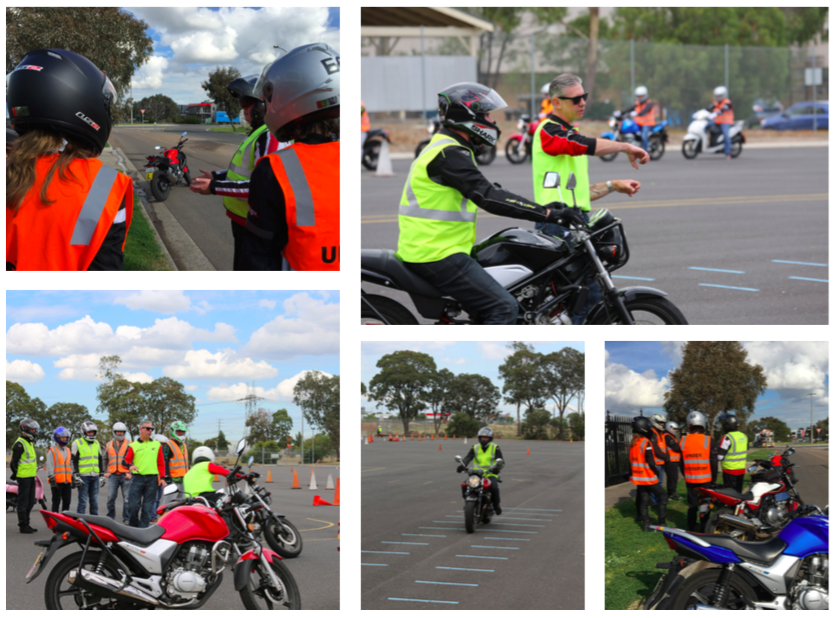
In line with this, the new pre-learner and pre-licence courses include an on-road component, where participants learn about roadcraft in real-life situations. Another vital (and perhaps the most innovative) change has been the introduction of a ‘check ride’ –a supervised on-road group ride with a maximum of five learners over a route of approximately 35km, that must be completed between the learner course and licence course.
“It’s a funny thing to get people’s heads around,” Duncan says. “It’s not a test in the usual sense. Can you fail it? Sure – if you break the law, ride dangerously or crash. You need to demonstrate safe riding. But basically we’re going to ride around for a couple of hours for coaching and feedback. What we’re going to do is actually work on your riding, because our interest is first and foremost keeping you alive. I think that check
ride in the middle of the MGLS is the jewel in the crown. It’s the leap that nobody else has tried in an Australian context.”
I had already passed through the old learner licence system, but attended one of the new check rides at Honda Australia Rider Training (HART) to understand better what it was all about. After a brief session on the range – where the instructor could gauge our skill levels – we went for a ride through a wide range of settings: the nearby Hume Highway, quiet semi-rural roads and suburban backstreets. Riders took turns leading the group, and after each section we stopped to discuss what we’d seen. We talked about things like buffering and lane positioning, in situations where there wasn’t always a ‘right’ answer; instead it was about weighing up the options and choosing the best one. While the instructor led the discussion, everyone in the group contributed.
“The other thing that really stood out [when looking at other curriculums] was that a lot of them were predisposed to instruction rather than facilitation and coaching,” says Duncan. “One of the things we’re really trying to get across here is the peer-learning thing, where Johnny stands up and says: ‘Well no, nobody rides like that.’ And his mate next to him says: ‘Hang on, I think there’s some sense in that and I’m going to do it.’ It’s always better if you’re convinced by your mate and not by the person who’s paid money to convince you. I think we all understand what safe riding is, but a lot of us aren’t motivated to actually do it, and it’s motivation through understanding and evaluation that is going to get it there.”
This is especially true when you consider the typical learner rider. Surprisingly, the average age of people going for their licence in Victoria is in the mid-30s; they therefore respond better to adult learning techniques. On top of that, people going for their bike licence usually do so because they want to, not because it’s a rite of passage or essential for transport – as is the case with car licences. Another point of difference from the car space is that motorcyclists ride alone, and need to make their own decisions from the beginning.
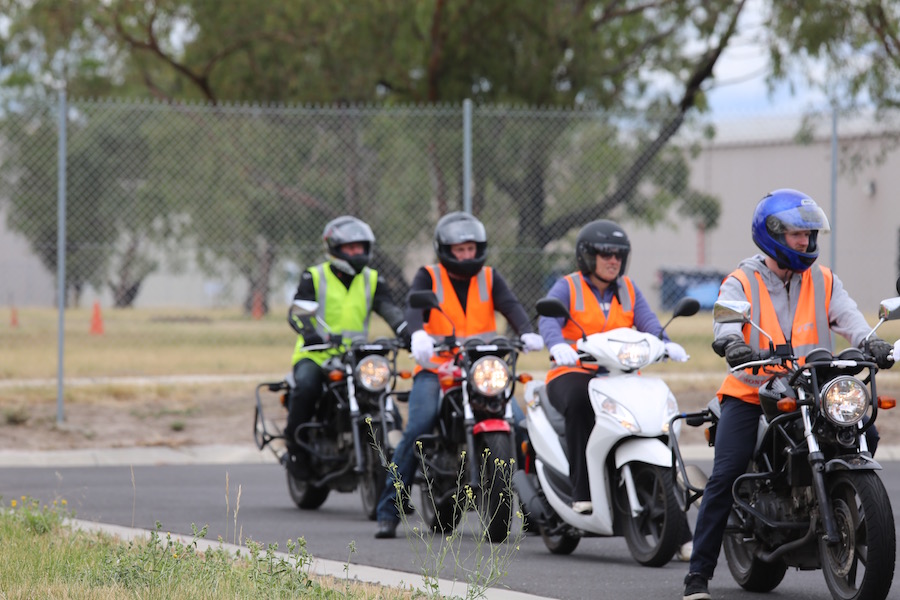
“On a bike you’ve got to be a lot more in control of your own learning journey,” Duncan stresses, “so you’ve got a self-directed learner, a motivated learner.” Again, peer-learning works better.
As well as researching other motorcycling licensing curriculums, the project team looked at car licensing for ideas, and did consider the log book system. But in the end this idea was discounted – while learner drivers are statistically the safest on our roads, learner riders aren’t, so forcing them to do more hours could be exposing them to risks. Plus, there was no data to suggest how many hours would be appropriate.
What is known is that under the old system a lot of people got their learner permit and never went onto a restricted licence; it’s possible that the lack of on-road training was putting some people off. It’s early days, and VicRoads is still collecting data to see if this has changed. The same goes for crash statistics, however, in a very bad 2016 for motorcycle fatalities in Victoria, it has been confirmed that not one of the people who died had gone through the new training regime. That by no means proves that the MGLS is a success, but it’s a good sign. Finally, anecdotal evidence from the training providers suggests that riders who went through the old system to get their Ls and who are now turning up for the assessment to get their restricted licence, are not passing as frequently as those who have been through the new learner course and check ride.

While most of the changes are clearly improvements, there have been criticisms. First, that it costs more. This is true if you consider that previously you could do a half-day course to get a learner permit; now it’s a compulsory two-day course. But overall, it’s still about $1000 cheaper than getting a car licence, when you take everything into account. Another criticism (somewhat related to the first) is that the new system is simply an attempt to make it harder for people to get a licence – fewer riders on the road means fewer crashes and fatalities. Job done.
In response to the second point, Duncan believes that the opposite is actually true and that motorcycles are becoming more important than ever. “If you look at road safety around the world, what all agencies are realising is that we’ve got to get away from our dependence on the car. We’ve got to have systems that look at trains, buses, trams, pushbikes, motorbikes, as well as cars. If you can get a better mix and a more appropriate mix, there’s a whole bunch of benefits.”
Again, it will be interesting to see if the data eventually supports the claims, but in the meantime it’s hard to argue against what is patently a more common-sense approach to preparing people for riding on our roads. And don’t be surprised if similar systems appear not only around this country, but in other countries too.
“Australians often have this notion of ‘oh, it’s no good it was invented here, we want what they’ve got over there’,” Duncan reflects. “I think Australia has been a world leader in road safety in the licensing space for 20 years plus. And if you look at where our licensing system is in terms of graduated licensing, we’re cutting edge.”

Instructor insight
We chat to Paul Sweeney, senior rider trainer at HART Australia Rider Training about the new MGLS and the changes he’s seen on the ground.
What do you see as the biggest change with the new training?
The major change with the training has been a far greater focus on behaviour. That begins with attitudes, mindset and basic understandings but also includes the roadcraft skills that they need to apply when riding on the road, and it’s that focus which hopefully will make the difference.
The courses now include an on-road component. What kinds of things are you testing for there?
The assessment is set largely against behaviour on the road, so that’s examples of buffering, examples of looking, slowing down, moving away and just generally things that make the difference for riders in and around other road users and that takes place across a range of traffic and road situations.
How has the change been for the instructors? Taking a group of learner riders out onto the Hume Highway would be a bit frightening in some cases, right?
Certainly it’s made a difference to our risk profile being on road with people that have only started riding yesterday. But other states do it – Queensland do it, they do it with the licence level in NSW. They’ve gotten used to it and they seem to take it in their stride and I’m sure we will too.
In the old pre-learner course on the range, the slow ride test caused a lot of problems. Is there a new bit of the course that learners are finding the most difficult?
Nothing really stands out, but each element has a slightly higher standard. For example, in the previous assessment the slow ride component was 18m in 10 seconds, now it’s 15m in 10 seconds. The braking values are higher as well, so they have to be able stop in a shorter distance than what was allowed previously. But there doesn’t seem to be any one particular part of the assessment that is the Achilles heel. If there is something, it’s remembering that they have to do headchecks.
But getting through the licence assessment is not really the endgame; being safe is the endgame. If you link those two things together, hopefully they will be safer as a consequence.
What has the feedback been like so far from learners?
When people come in for a two-day learner permit course that have never ridden before, and even those that have been dirt bikers since they were this big and have grown up in the Yarra Valley and so on, after the road ride the overwhelming response is ‘That was amazing, I feel so much more confident than I
did before.’
Do you see a different kind of learner coming out of these courses?
Yes, but not because of the skills. It’s largely driven by the experience on road and the mindset, the roadcraft. I think we are ending up with a very different learner-permitted rider than we used to. The bike control skills are every bit as good as they used to be –in fact they’re probably a little bit better – but again the jewel in the crown is this on-road part of it, which is making the difference.

Different Rules for different states
While Australia’s states and territories have similar systems for learners, there are plenty of differences too, making for something of a regulatory patchwork quilt across our wide brown land.
Some states, for example NSW and Tasmania, have maximum speeds for learner riders.
In Queensland and Western Australia, learners cannot ride solo – they must be accompanied by a fully licenced supervisor. In South Australia some learners may not ride between the hours of midnight and 5am. And in Victoria, learners must wear a hi-vis vest or jacket at all times.
Similarly, minimum age for getting a learner’s permit varies from state to state, as does the testing regime and the period you must hold a restricted licence. There are also many variations on the rules depending on whether you hold other licence classes, and things are changing all the time –best to confirm with your local roads and traffic authority.
Note that no matter where you ride in Australia, you are bound by the conditions of the state or territory where your licence was issued.
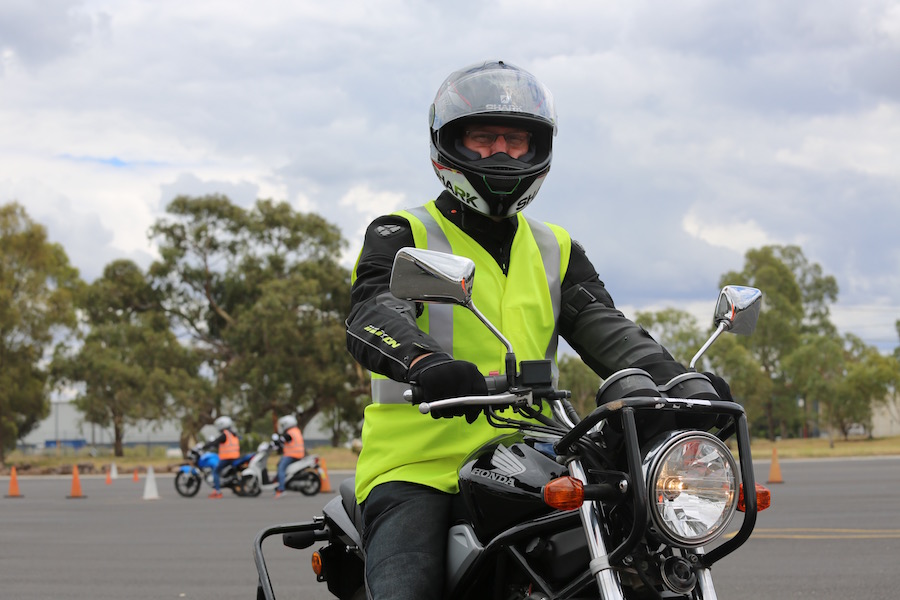
By Mark Vender

